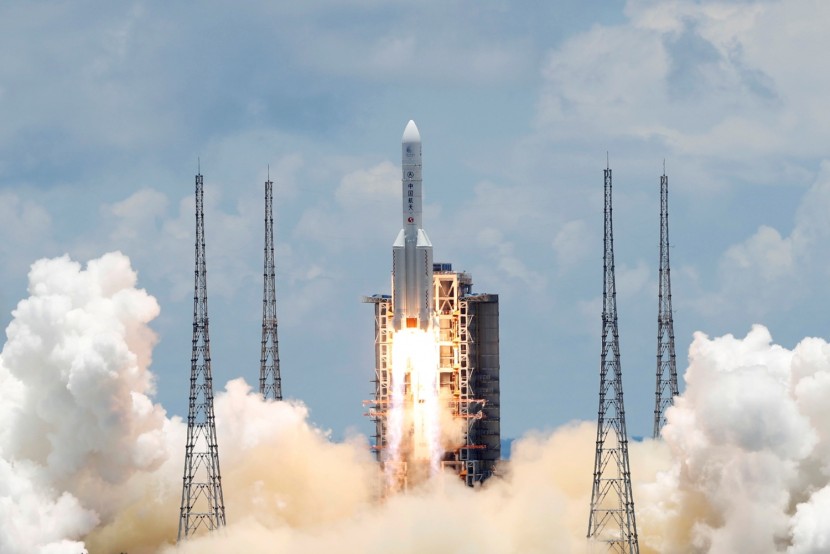
An observatory associated with the quest of NASA to distinguish potentially hazardous asteroids detected something that was as fast but not as natural as an asteroid, what they have observed was a spacecraft heading for Mars.
The vehicle that was sighted was Tianwen-1, owned by China and was bound for Mars mission, launched on Thursday, July 23, to start the seven-month-long journey to Mars. The spacecraft embodied an orbiter, a rover, and a lander, which were all packed together into what China desires to become the country's first victorious mission to Mars.
According to Space.com, China's spacecraft, called Tianwen-1, or the "Quest for Heavenly Truth", was recently said to carry different scientific devices to scrutinize Mars from orbit and its surface. Tianwen-1 is expected to test and determine how water ice is circulated on Mars, and also the physical evolution of the planet and its suitability to support life over time.
In a statement by John Logsdon, George Washington University space policy expert, China's mission to the Red Planet is the most ambitious thing that could be done during its first attempt as Tianwen-1 consists of an orbiter, a rover, and a lander.
The chances of having a flawless mission in space are daunting. Only about half of the dozens of attempts to land or orbit Mars have succeeded. After encountering several problems, NASA has successfully deployed multiple orbiters, four rovers and five landers that brought the world to life for the boffins.
But the spacefaring experience of China beyond the orbit of the Earth has been bounded to a number of robotic moon missions and an orbiter that was carried by a failed mission of Russia in 2011 to the Red Planet's moon Phobos.
The program ran by NASA's Planetary Defense Coordination Office that has the ability to scan large swaths of the sky intended for space rocks to gather adequate observations for astronomers to plot the path of each object in the event that one may come extremely close for comfort captured China's spacecraft heading to Mars.
The new animation of China's Tianwen-1 driving away from Earth was from a facility at Mauna Loa on the Island of Hawaii that is one of a pair of Hawaiian observatories, which make up the ATLAS or also known as the Asteroid Terrestrial-impact Last Alert System.
The observatories of ATLAS regularly determine new celestial objects, for instance, the comet of the identical name that earlier this year dazzled sky watchers before it disappeared, Bloomberg reported.
But in this present situation, the object that moved across ATLAS's view was not a celestial object, rather, it was the second in the trio of the highly foreseen spacecraft taking off to the Red Planet throughout this summer's three-week window of orbital alignment. China aims that the newly launched Tianwen-1 with its three robotic components will be able to send a bonus of science data about Mars.
The launch came before that of the first interplanetary mission of the United Arab Emirates on Sunday. Next Thursday, July 30, the own contribution of NASA to explore Mars is a massive rover that is named Perseverance, carrying Ingenuity, an experimental helicopter, is scheduled to take off.
Related article: Could Future Pandemics Come From Space?








